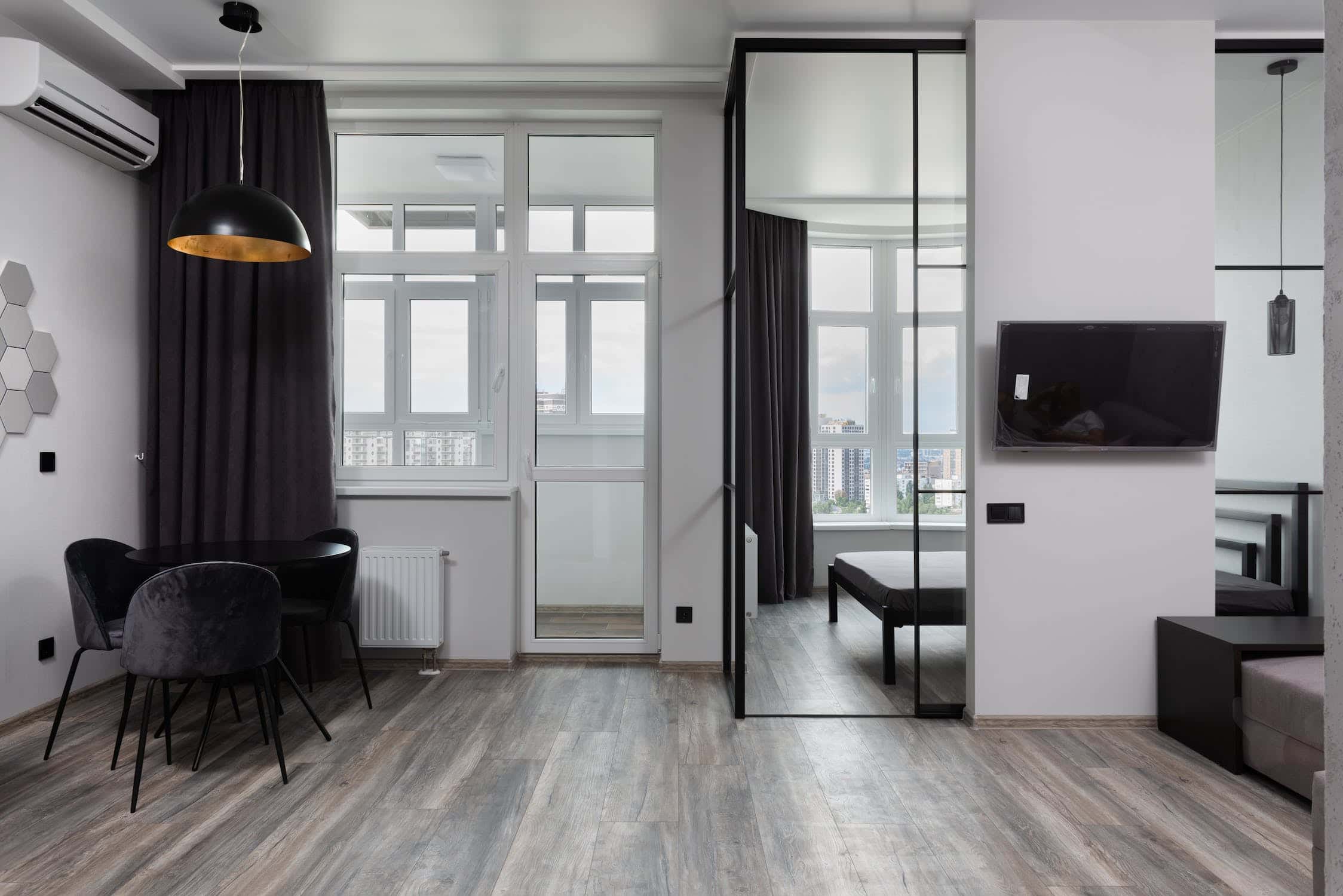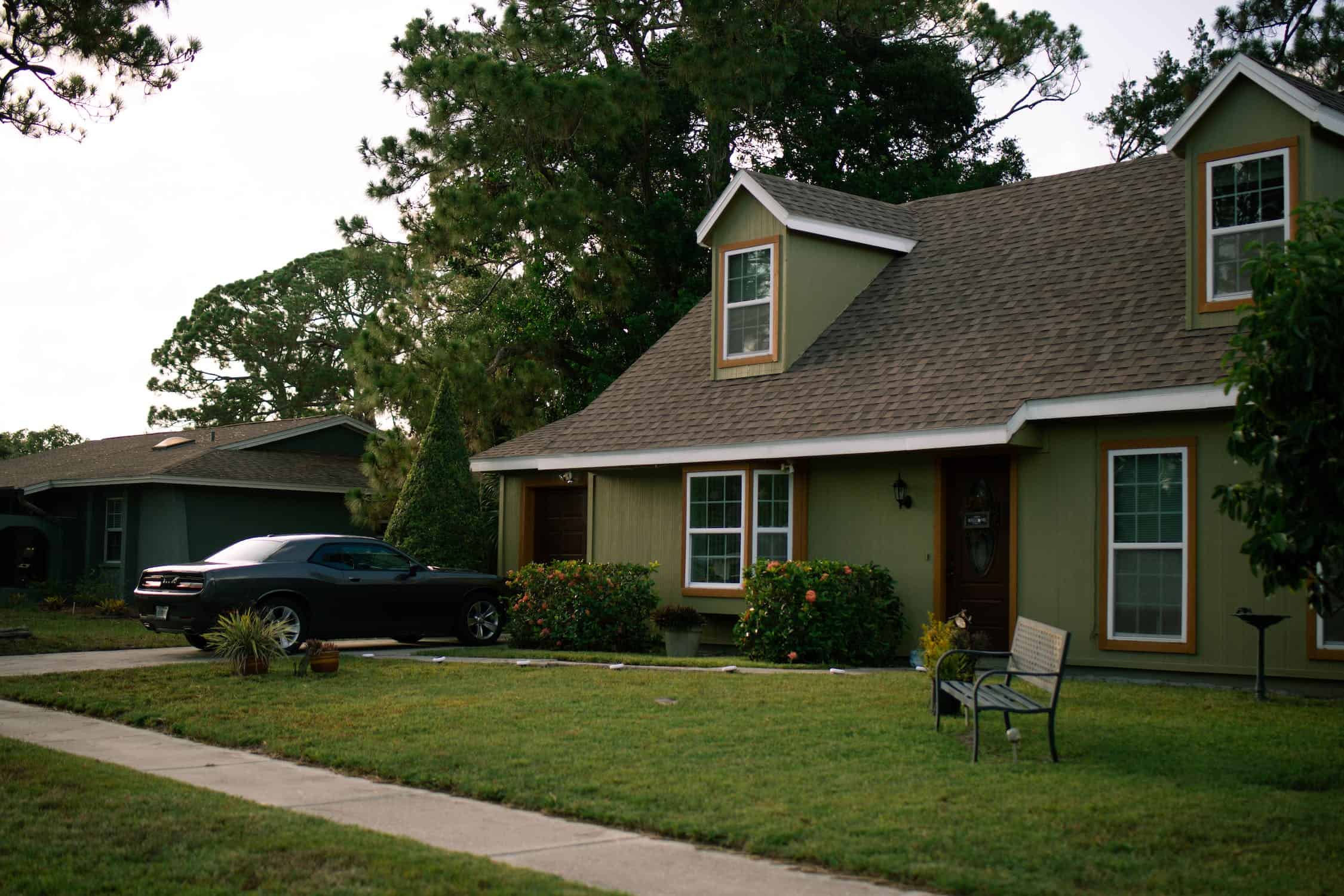Home design is not only about aesthetics; it also plays a significant role in creating a comfortable living environment. Effective home design can keep your home cool during the warmer months, reducing reliance on air conditioning systems and promoting energy efficiency. This involves thoughtful selection and placement of materials, strategic positioning of windows for natural ventilation, and integrating greenery into your living spaces. Let’s explore some home design tips that can transform your indoor spaces into a cool and pleasant sanctuary during hot weather.

1. Ensure a Functional HVAC System
Regular maintenance checks, timely repairs, and updates to the system all come into play to keep your HVAC system running efficiently. This means replacing filters periodically, cleaning the ducts to remove dust and debris, and proactively addressing any mechanical issues. An optimized HVAC system not only cools your home effectively but also reduces energy consumption, leading to lower utility bills. For homeowners in Tennessee, seeking professional help to maintain their HVAC could look to Rapid HVAC in Brentwood TN, to ensure their cooling system is in top condition throughout the year. Having a functional HVAC system is an essential element of keeping your indoors cool and comfortable through the warmer months.
2. Use Lighter-Colored Fabrics for Furniture and Bedding
Light-colored fabrics, especially for furniture and bedding, can significantly influence the indoor temperature. Light colors such as white, beige, or pastels reflect heat and sunlight, unlike dark colors that absorb them, which can inadvertently warm up your room. This principle is particularly effective for larger furniture pieces that cover substantial surface areas like sofas and beddings.
Furthermore, lighter fabrics are known to create a feeling of freshness and spaciousness, contributing to a cooler perception of the room. Therefore, incorporating light-colored or even white linens, upholstery, and curtains can play a critical role in maintaining a comfortable, cool indoor environment during warmer months. Whether you are looking to buy new furniture or want an upgrade, a lighter-colored fabric is a great choice.
3. Employ Natural Ventilation
The strategy uses wind and buoyancy to bring fresh air into the building through doors, windows, and other openings while expelling warm air. Proper placement and sizing of these openings are crucial for an effective natural ventilation system. For example, consider placing windows on opposite walls to encourage cross ventilation, allowing cool breeze to flow through your home and displace hot air.
To maximize natural ventilation, utilize the stack effect. Hot air rises due to its lighter density. Install ventilation points or windows at higher levels (e.g., clerestory window or attic vent) to provide an exit route for warm air. As hot air moves out, it creates a vacuum that pulls in cooler air from lower openings, creating a natural ventilation cycle.
4. Create Shade with Trees, Shrubs, and Vines
Trees, shrubs, and vines can provide effective shading for your home’s exterior. This helps to block out the sun’s rays before they enter the building. The size and location of these plants are key factors in ensuring optimal shade. Placing trees and plants on east- or west-facing sides will block the strongest sunlight.
To create shade in the summer and allow sunlight during the winter when AC demand is lower, consider planting deciduous trees with broad leaves. Green walls or living walls also provide shading and insulation while adding aesthetic appeal to your home’s exterior. Thoughtfully chosen greenery can transform your outdoor space into a pleasant sanctuary.
5. Install Insulating Window Films
They reflect heat and sunlight, reducing heat entering your home. This keeps the indoors cool in summer and enhances privacy by limiting visibility from the outside. With various tints and finishes, these films can complement your home’s aesthetic while offering functional benefits.
Installing insulating window films is a simple process that doesn’t require structural changes. They can be applied directly onto existing windows, forming a thin, invisible barrier that blocks heat transmission. This addition improves home energy efficiency, reducing reliance on air conditioning and lowering utility bills.
6. Opt For Furniture That Doubles Up As Storage
Maximizing storage space helps reduce clutter and keep the indoors cool. Having less furniture means less heat or sunlight bouncing off, reducing the interior temperature. Concealing items like books, linens, and toys in storage units reduces clutter and keeps the room cooler.
You can opt for furniture options that double up as storage units, such as ottomans and beds with drawers underneath. This is a great alternative to traditional storage solutions since it only takes up a little floor space while providing adequate storage capacity. Plus, they come in various shapes, sizes, and styles that can be tailored to the aesthetic of your home.
Implement these design tips to create a cool indoor environment without relying on air conditioning. It’s not only wallet-friendly but also better for the planet by reducing dependence on energy-intensive solutions. Proper HVAC maintenance, along with smart home design like natural ventilation and insulating window films, significantly reduces energy consumption while ensuring a comfortable living space.















